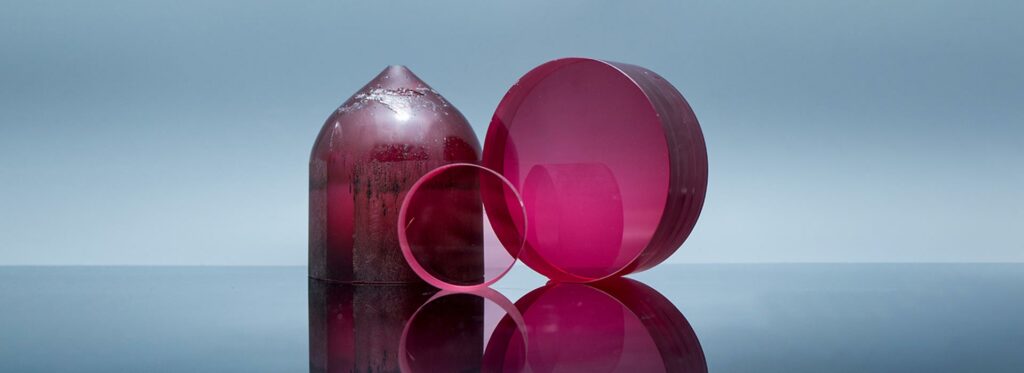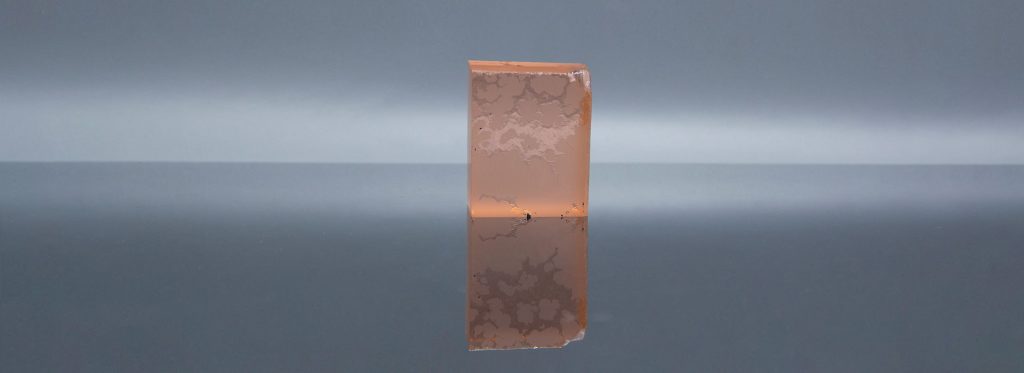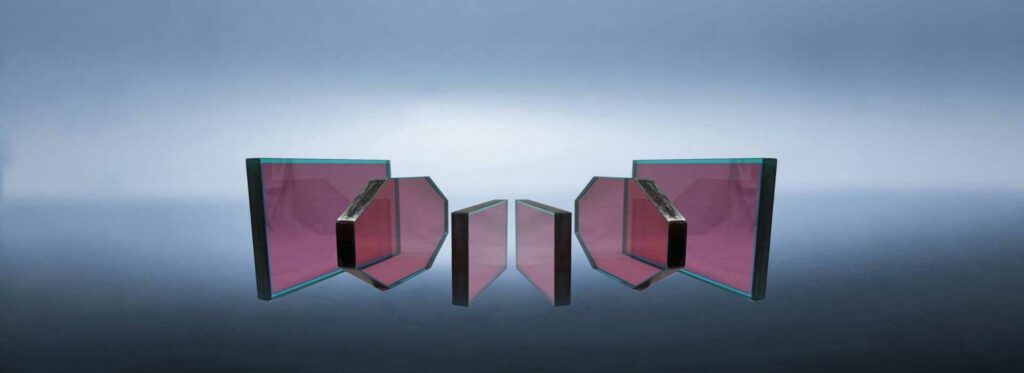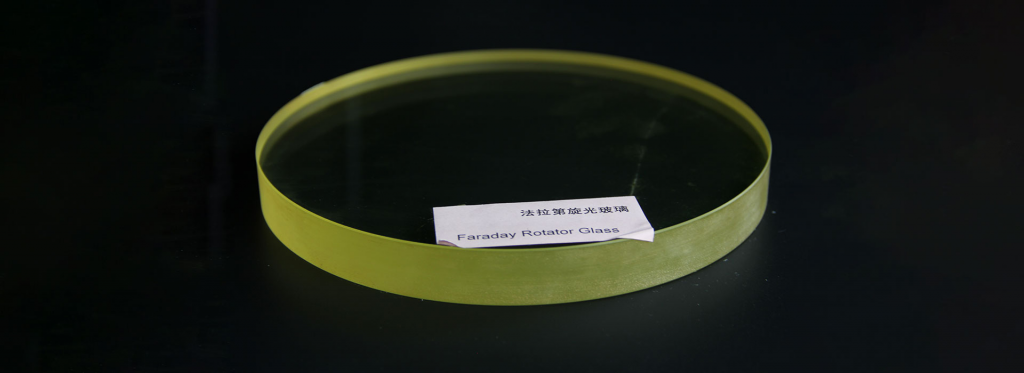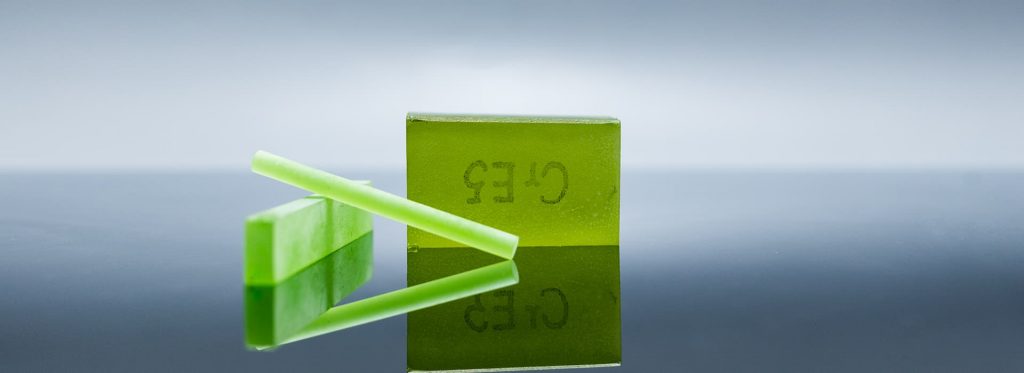1. Ti Sapphire Crystal vs Glass – Pros and Cons
1.1 Ti Sapphire Crystal Pros
Ti Sapphire crystal has several advantages over glass, particularly in applications such as ultrafast lasers and spectroscopy. Titanium Sapphire crystal has a broad gain bandwidth and high quantum efficiency, which makes it ideal for use in ultrafast lasers. The crystal can be pumped with a variety of different light sources, which makes it versatile and easy to use.
Ti Sapphire crystal is also ideal for use in spectroscopy applications, where it can generate light at specific wavelengths across a broad range of the electromagnetic spectrum. Ti Sapphire crystal has a high damage threshold, which means that it can withstand high-intensity laser pulses without being damaged.
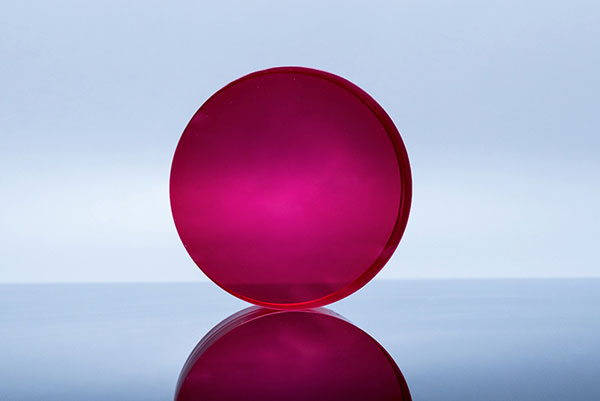
1.2 Ti Sapphire Crystal Cons
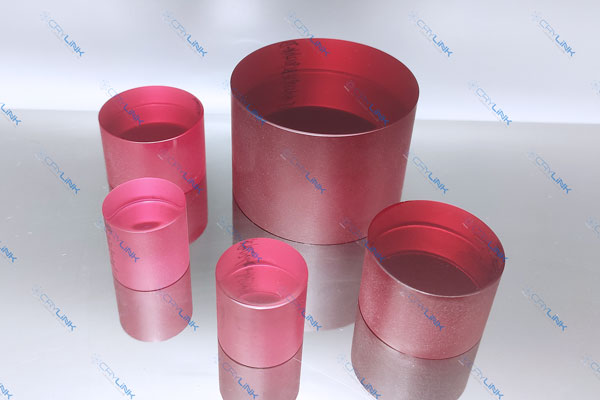
However, Ti Sapphire crystal also has some disadvantages. Ti Sapphire crystal is expensive and difficult to manufacture, which limits its use in some applications. The crystal must be free from defects and impurities, which can be difficult to achieve, particularly in large crystals.
Ti Sapphire crystal is also susceptible to thermal lensing, which can limit its performance in high-power laser applications. This effect occurs when the crystal heats up due to absorption of the laser light, causing changes in the refractive index of the crystal and leading to distortion of the laser beam.
1.3 Glass Pros
Glass also has several advantages over Ti Sapphire crystal, particularly in applications such as lenses, mirrors, and optical fibers. Glass has a high refractive index and excellent transparency, which makes it ideal for use in lenses and mirrors.
Glass can also be manufactured to very high precision, which allows it to focus light of different wavelengths to the same point. This is important in applications such as microscopy and spectroscopy, where it is necessary to resolve small details and accurately measure the spectral properties of samples.
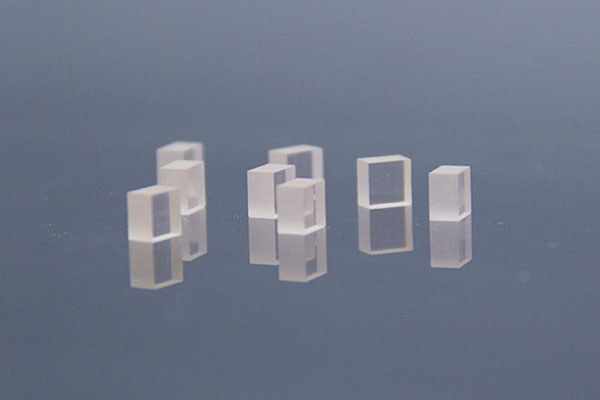
1.4 Glass Cons
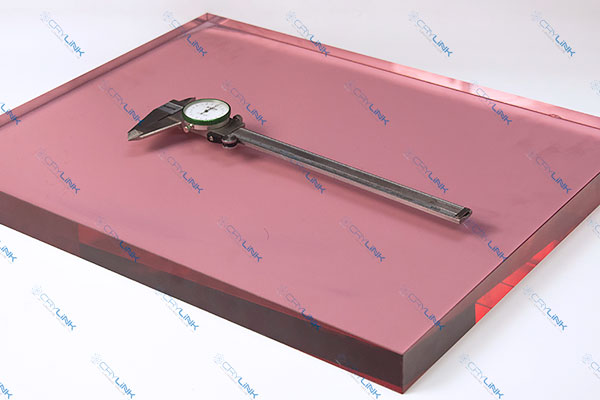
However, glass also has some disadvantages. Glass has lower gain bandwidth and lower quantum efficiency than Ti Sapphire crystal, which limits its use in ultrafast laser applications. Glass is also susceptible to thermal effects, such as thermal lensing and thermal expansion, which can limit its performance in high-power laser applications.
Glass is also relatively brittle, which can make it prone to cracking and breaking. This can be a problem in applications such as optoelectronics and display technology, where glass substrates and components must be able to withstand mechanical stress and vibration.
1.5 Conclusion
In conclusion, both Ti Sapphire crystal and glass have their pros and cons, and are suited to different applications depending on their unique properties. Titanium sapphire crystal is ideal for use in ultrafast lasers and spectroscopy applications, while glass is ideal for use in lenses, mirrors, and optical fibers.
Ongoing research is focused on the development of new materials and manufacturing techniques to improve the performance and expand the applications of both titanium sapphire crystal and glass. With their unique properties and versatility, Ti Sapphire crystal and glass are likely to continue to play important roles in a wide range of fields, from optics and spectroscopy to display technology and renewable energy.
2. Choosing Between Ti Sapphire Crystal and Glass
When choosing between titanium sapphire crystal and glass for a particular application, several factors must be considered, including the requirements of the application, the cost of the materials, and the manufacturing process.
2.1 Application Requirements
The first factor to consider when choosing between Ti Sapphire crystal and glass is the requirements of the application. Titanium Sapphire crystal is ideal for use in ultrafast laser and spectroscopy applications, where high gain bandwidth and high quantum efficiency are important
Glass, on the other hand, is ideal for use in lenses, mirrors, and optical fibers, where high refractive index and excellent transparency are important. The choice of material will depend on the specific requirements of the application and the properties of the materials that best meet those requirements.
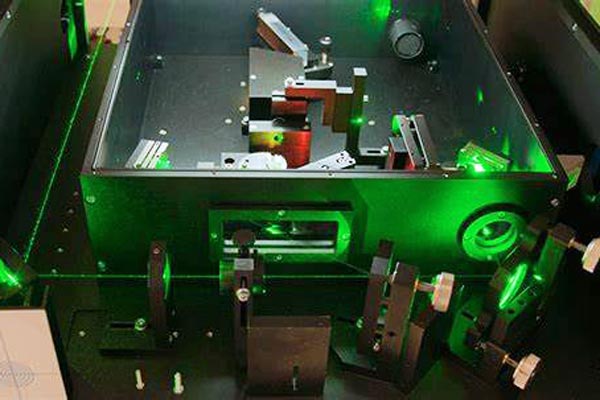
2.2 Cost
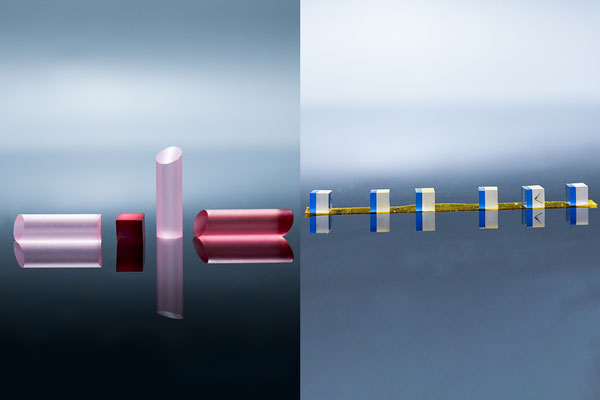
The cost of the materials is also an important factor to consider. Ti Sapphire crystal is generally more expensive than glass, due to the difficulty and expense of manufacturing large, high-quality crystals. Glass, on the other hand, is relatively inexpensive and can be produced in large quantities using relatively simple manufacturing processes.
2.3 Manufacturing Process
The manufacturing process is another important factor to consider when choosing between Ti Sapphire crystal and glass. Ti Sapphire crystal is difficult to manufacture and requires specialized equipment and expertise. The crystal must be free from defects and impurities, which can be difficult to achieve, particularly in large crystals.
Glass, on the other hand, can be manufactured using relatively simple processes, such as melting and casting. Glass can also be manufactured to very high precision using advanced techniques such as precision grinding and polishing.
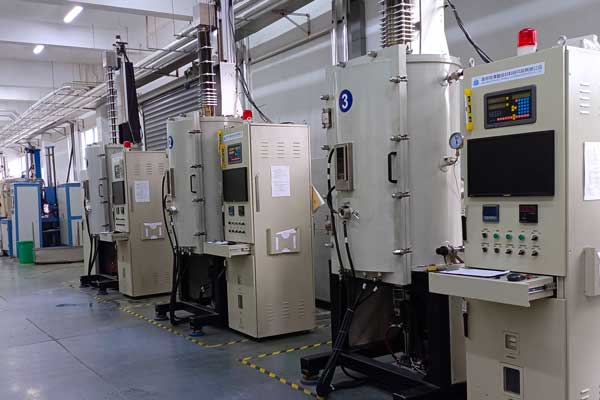
2.4 Trade-offs

When choosing between Ti Sapphire crystal and glass, it is often necessary to make trade-offs between the different factors. For example, Ti Sapphire crystal may be ideal for a particular application due to its high gain bandwidth and high quantum efficiency, but it may be too expensive or difficult to manufacture to be practical.
Similarly, glass may be ideal for a particular application due to its low cost and excellent transparency, but it may not be able to provide the required performance in terms of gain bandwidth or quantum efficiency.
2.5 Conclusion
In conclusion, choosing between Ti Sapphire crystal and glass depends on several factors, including the requirements of the application, the cost of the materials, and the manufacturing process. Ti Sapphire crystal is ideal for use in ultrafast laser and spectroscopy applications, while glass is ideal for use in lenses, mirrors, and optical fibers.
When making a decision between Ti Sapphire crystal and glass, it is important to carefully consider the specific requirements of the application and to make trade-offs between the different factors. With ongoing research and development, new materials and manufacturing processes may emerge that provide even better performance and expand the applications of both Ti Sapphire crystal and glass.

3. Conclusions
In some cases, it may be possible to combine the advantages of Ti Sapphire crystal and glass by using both materials in the same system. For example, in a laser system, a Ti Sapphire crystal may be used as the gain medium, while glass lenses and mirrors are used to focus and reflect the laser beam.
Ultimately, the choice between Ti Sapphire crystal and glass will depend on the specific needs and requirements of the application. By carefully considering the trade-offs between cost, performance, and manufacturing process, it is possible to make an informed decision that maximizes the benefits of both materials.
In conclusion, Ti Sapphire crystal and glass are both important materials in optics and photonics, with unique properties and advantages. Ongoing research and development are focused on improving the performance and expanding the applications of both materials, and it is likely that new materials and manufacturing techniques will emerge in the future that further enhance their capabilities.

Frank
Frank graduated from the University of Shanghai for Science and Technology, majoring in optics. As a technical engineer at Crylink Company, he deeply understands crystal materials and laser components.
Related Video(s) with this Article
Related Product(s) with this Article
Related Application(s) with this Article

